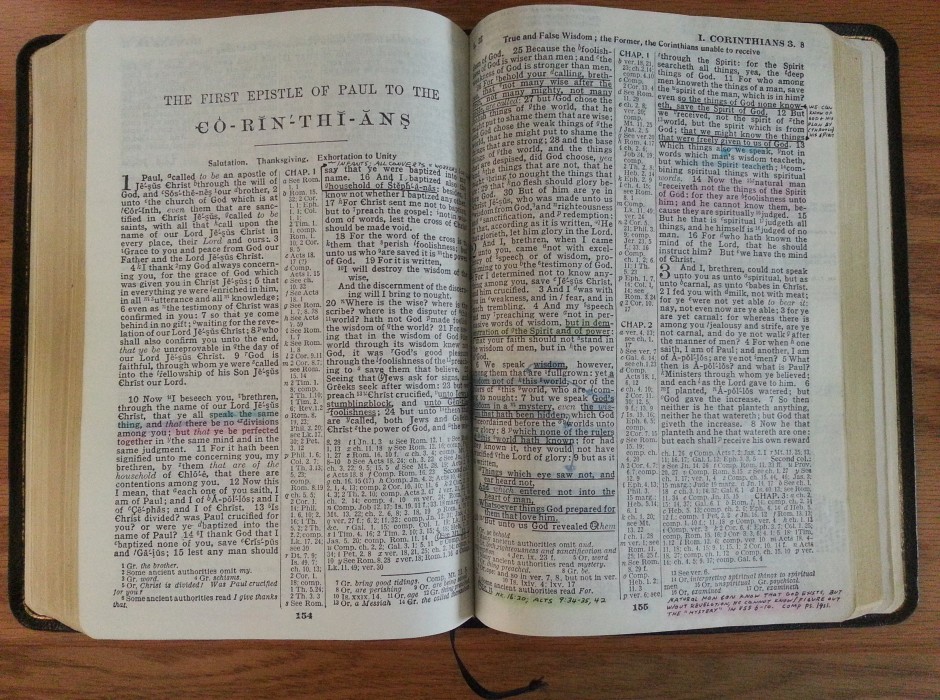A frequent point of attack from non-believers is that we do not have a single original New Testament document, coupled with the fact that there are variations within the manuscripts we do have. It is often argued that there is no way we could know how the original writings read. We should also note that many Jews make this same argument against the New Testament. So, in order to be better prepared to give an answer, as well as to fortify our own faith (see 1 Pt. 3:15), let’s consider these matters.
Remember, we have today well over 5000 ancient Bible manuscripts. Of course, these were all copied by hand. It should not be surprising that they contain mistakes as they were “humanly” copied. The copyists had inferior writing materials and lighting than we have. They did not have corrective reading devices. And they got tired and made mistakes just like we do. The more the Scriptures were copied, the more errors would naturally be introduced.
MOST COMMON TYPES OF VARIATIONS
Here is a listing of some of the most common types of variations made in copying the Scriptures: (1) Misspellings. (2) Word order. (3) Skipping or repeating a line (coming back to the wrong place while copying). (4) Inadvertently adding a word or two while copying (or, omitting). (5) An intentional change to the wording that was thought to be a mistake. (6) The change of a word that is spelled in a similar way to another. (In English, an example would be like accidentally changing the word “dessert” to “desert.”)
Listen to the argument that Bart Ehrman set forth in his book entitled Misquoting Jesus:
“What good is it to say that the autographs (i.e., the originals) were inspired? We don’t have the originals! We have only error-ridden copies, and the vast majority of these are centuries removed from the originals and different from them, evidently, in thousands of ways…. There are more variations among our manuscripts than there are words in the New Testament.” (Misquoting Jesus, p. 90).
That last statement is quite a claim, but is it true? The answer to that may be: “yes and no.” Here is what I mean. Since we have thousands of manuscripts in our possession today, if you count every error in everyone of them, the numbers add up! But in a sense Bible critics tend to multiply them rather than add them. For instance, if a certain word is misspelled 50 times in one manuscript and then copied 150 times, some quantify that as 750 “mistakes.”
Those who have a disbelief and even a hatred toward the Bible love to use huge numbers for “shock and awe,” and aren’t always completely forthcoming (or, honest). How often do they share with us what kinds of variances are present in the manuscripts as we noted above? Normally they don’t. Why? Because when the whole truth is known, it doesn’t do much to diminish faith in it! So, often the number of variances are inflated, and so are the seriousness of the variances. Listening to many of them you would think we could not have any idea what the New Testament says. This is simply not true. We’ll talk more about this next week.
Daren Schroeder

